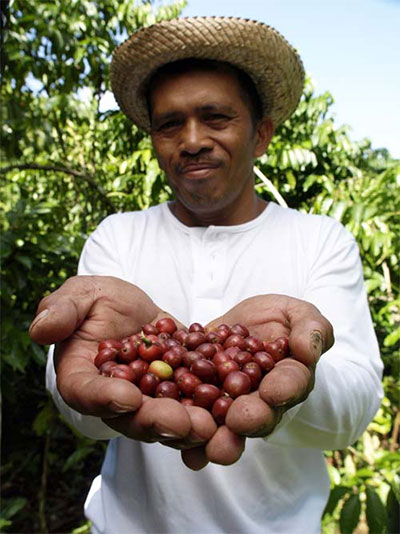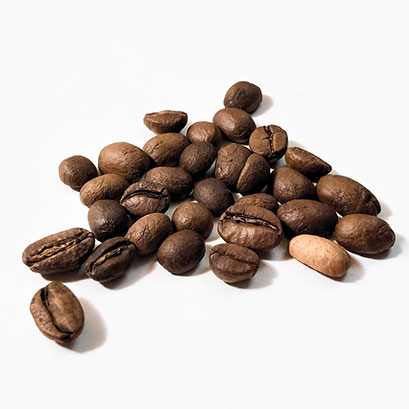How does altitude affect the taste of coffee?

Coffee lovers who love to "look for" their cup a little bit more, often talk about another parameter that affects the taste of coffee: the altitude!
The coffee we enjoy is produced from the Coffea grains, grown in many countries that have a significant similarity among them: they are located in the so-called "coffee belt", a specific area between the Tropics of Cancer and Capricorn, Latin America to Southeast Asia. But the coffee-producing areas still have one similarity: as a rule, they are at high altitudes!
What is the relationship between altitude and coffee growing?
Coffee tree grows in high altitude areas, which can start from 600 meters and reach up to 1500 meters, while the ideal altitude is considered to be close to 1000 meters. At lower altitudes, cultivation requires a special effort, as there are no conditions at higher heights provided by nature (such as humidity or the appropriate temperature), and under 1500 m conditions the cultivation conditions become noticeably more difficult, both due to climatic conditions and - often - because of the soil morphology.
One should not forget that coffee is a natural product, and as it is logical, all conditions related to its cultivation affect the final taste we enjoy in our cup. Temperature, humidity, sunshine, rainfall, soil composition, and of course altitude, are all those elements that collectors termed "terroir" and leave their footprint in our cup in the same way that terroir of a vineyard affects the taste of wine.
 How does the coffee taste get affected by altitude?
How does the coffee taste get affected by altitude?
Initially, it is important to clarify that the flavor of coffee is influenced by a number of factors, including altitude, so the classification of alfresco flavors follows rough lines. On the other hand, it is true that the altitude difference is largely responsible for certain characteristics that shape coffee's flavor profile.
In this way, coffees grown at low altitudes tend to be simpler and smooth in flavor, without much complexity in the aromas they carry, but as the altitude rises, reaching about 900 meters, coffee starts to win at sweetness, maintaining its gentle taste. A large proportion of commercial coffee is grown at medium altitudes, for example in the large coffee-growing country, Brazil.
The flavors become more complex and special as the altitude rises. At 1200 meters, coffee is endowed with notes of chocolate and nuts, while the first suspicions of intense acidity begin and slowly become apparent. Typical examples are coffees from Costa Rica and Nicaragua, and Altura coffees from Mexico. Touching the 1500 meters, coffee becomes more fruity, with sharp acidity, notes of flowers and citrus and aromas that resemble wine as well. African coffee, like Kenyan and Ethiopian, as well as several South American coffees are examples that confirm this rule.
The higher, the better?
A widespread myth among coffee enthusiasts says high altitude means automatically and better, higher quality and (more often) more expensive coffee, which is not the case. As we said, altitude is only one of the dozens of factors determining the quality of the bean produced, while for the final product there are other factors that play a role, such as processing, roasting and packaging. Growing altitude alone does not automatically guarantee quality coffee.
Additionally, we must not ignore the factor of personal taste. High-altitude cafes tend to have a specific flavor profile, so a coffee with high acidity and "floral" character is hard to get to someone who prefers the most earthy nature of Mexican cafes, for example. Different flavor does not mean a difference in quality.
It is a fact that several coffees grown at high altitudes are sought after and luxurious, such as the famous Jamaica Blue Mountain, but this is often due to the difficulties of cultivation and the limited amount of production beyond their quality. Let's also not forget that one of the world's most expensive coffees, Kona Coffee from Hawaii, is cultivated at an altitude of less than 700 meters, without depriving him of its quality.
Whether we're talking about single-origin coffees or blends that combine the best of different coffee varieties with mastery, altitude is simply a factor that affects the taste of our espresso, cappuccino or filter coffee- another field that, as coffee fans, we will explore, discovering more delightful cups!










